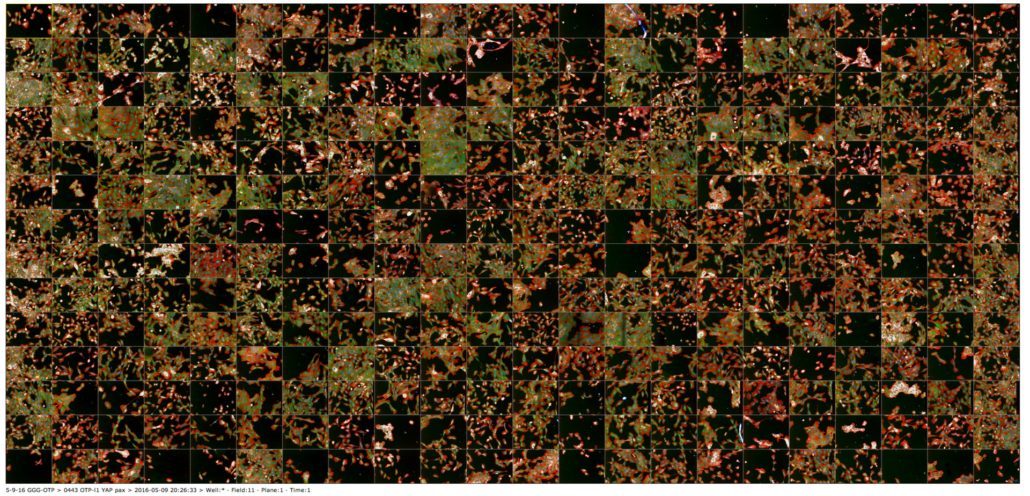
UK researchers find metastasis switch in breast cancer cells
Constitutive activation of the mechano-sensor and transcription factor Yes-associated protein (YAP) is key to metastasis and epithelial-mesenchymal transition of triple-negative breast cancer, researchers from the Institute of Cancer Research, London, report.
Understanding how cell shape changes determine cancer gene expression (and vice versa) as well as cancer outcomes is a promising avenue, according to latest research results from Chris Bakal’s lab at ICR London. In Cell Systems, Bakal and Julia Sero report that triple-negative breast cancer cells that spread throughout the body have a broken switch. In contrast to primary tumours, where cell movement is suppressed by contact with other cells, metastatic breast cancer cells have overcome this control mechanism. As the researchers report, they constitutively express the mechano-sensor Yes-associated protein (YAP), which in turn leads to activation of signal pathways that drive epithelial-mesenchymal transition and the spread of cancer cells from primary tumours. Blocking this process could potentially prevent approximately 90% of cancer deaths as metastasis is the main cause for cancer death.
In order to work out which genes influenced YAP signaling, the ICR team systematically switched off 950 different genes in triple-negative breast cancer cell lines. They found that YAP activation and cell attachement rate to the extracellular matrix during cell spreading was controlled by a protein called beta-PIX, a Rac1/Cdc42 effector. Invasive cancer cells apparently have broken the pathway that links beta-PIX to YAP, allowing them to sustain high levels of YAP even when not bound to the surrounding matrix.
Cancer cells that have become invasive are able overcome the normal constraints on cell movement, concluded Bakal. Cancer cells that have spread around the body have a switch which is jammed on – allowing them to produce a molecule called YAP all the time. This allows them to keep growing and spreading throughout the body, ignoring the physical controls that would normally stop this happening.


 Bayer AG
Bayer AG
 Picture from Ferdinand Stöhr on Unsplash
Picture from Ferdinand Stöhr on Unsplash